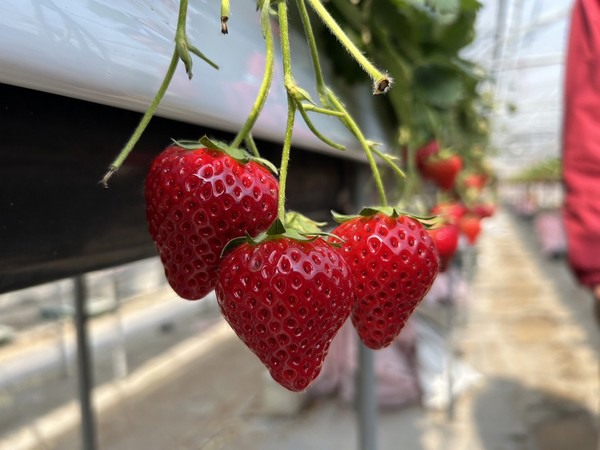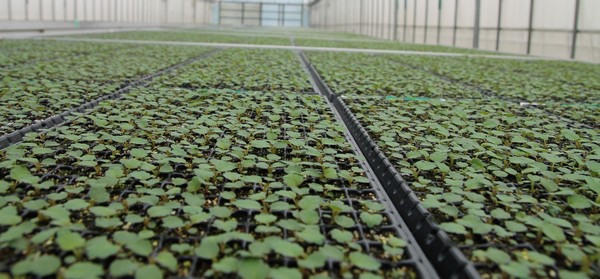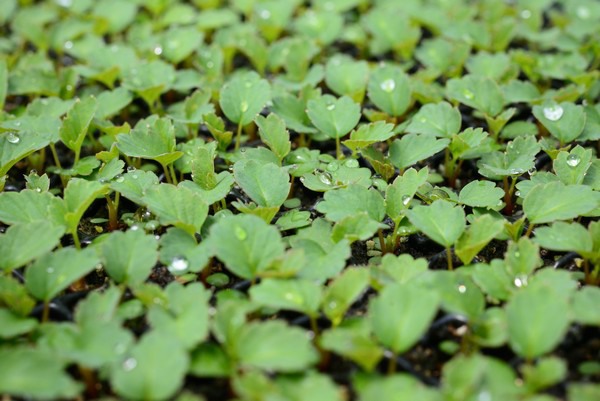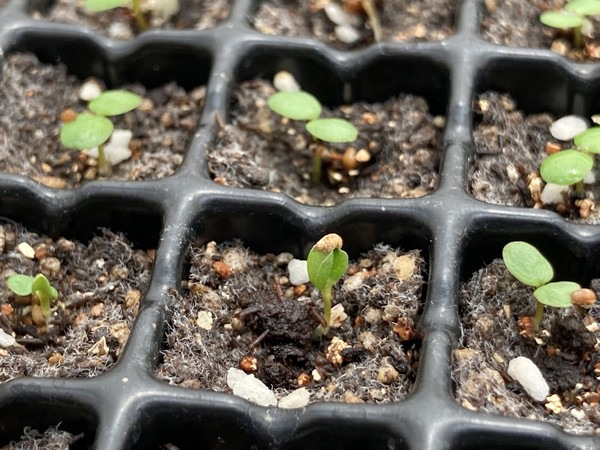The Miyoshi Group from Japan has recently released two new Japanese varieties of the F1 strawberry. Now, Japanese strawberry seeds can be exported to the global market.
Yuki Otsuka works in the sales department of the Miyoshi Group, and he is excited about the new market opportunities: “Japanese strawberries are known for their deep flavor, high brix levels, and strong aromas. The varieties we work with are early varieties that can be ripe from November. Overall, they can be harvested sooner than regular strawberry varieties without any special chilling treatment.”

There is also a specific feature for Japanese strawberry varieties: they grow at lower EC levels than their European counterparts. "This is an advantage for the growers, as production requires less fertilizer use thus resulting in lower costs. However, it requires a shift in production strategy", Yuki explains.
“Our strawberry varieties are known to be eco-friendly because of the shorter time it takes for raising the young plants, on top of requiring less fertilizer. In comparison to European and US varieties, our plants only require EC levels of 0.6 to 0.8. Other varieties need between 1.2 to 1.5 EC. High EC levels can cause tip burns and damage to the plants, leading to vegetative growth instead of reproductive growth, and resulting in delayed or even blocked floral bud production. Therefore, maintaining the optimal EC level is essential to avoid such problems.”


Changing to a new production strategy may be challenging, but benefits outweigh that. "While some growers are already trying our varieties, they may encounter difficulties with the required lower EC levels. However, with time and practice, it is possible to adjust the growing practices to our system.”
Japanese varieties typically require lower EC levels than other varieties, and they offer an entirely different strawberry experience. Miyoshi Group recommends growers adopt their ideas and switch to their varieties for more efficient and profitable strawberry production. Growers will not have to propagate plants in the greenhouse anymore, which saves both time and money. Additionally, because the seeds are clean, the risk of disease transmission from the mother plant is reduced.
Seeds can be saved for years under the right conditions. "This series makes the growers’ production schedule shorter and simpler. It is also more convenient for the grower when there are new orders placed, as it only needs sowing on the date counting back from the delivery date, which makes it more flexible for the grower."

The strawberry plants can be grown directly from the MIYOSHI F1 seeds. "Therefore, there is no need to grow and propagate the mother plant. This not only saves time in the greenhouse; it also shortens the production process by up to three months."
“A typical production schedule for Japanese strawberries starts with the sowing cell trays in May, followed by flowering induction in September. The harvest period is between November and May of next year. This process saved on plant storage, propagation, and raising the seedlings, which shortens the entire process considerably,” explains Yuki. This process also saves on labor costs and production space and is less demanding for the environment.
In Japan, the company’s peak delivery time is in the middle of May. Yuki continues: “We started to sow our seeds in April. By the end of May and the beginning of June, growers will receive the trays. The strawberry harvest will be ready by the end of November and the beginning of December, just in time for the Christmas period. Once growers switch to this production schedule, they tend not to switch back to vegetative production, as our young plants do not require year-round attention.”
Enthusiastically he concludes: “We are confident that our strawberries' flavor will be a big hit in the market, and growers will benefit from the shift to our varieties.”
For more information:
 Yuki Otsuka, Sales Department
Yuki Otsuka, Sales Department
MIYOSHI GROUP
miyoshi-strawberry.jp
